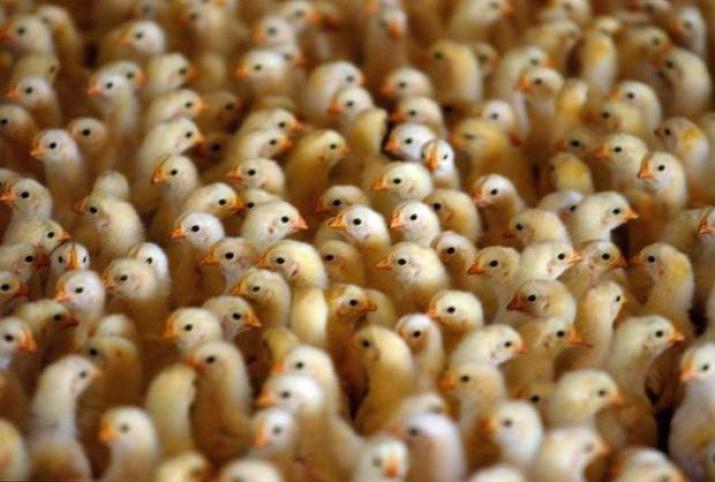Op-ed by Anthony So and colleague David Wallinga
Featured in News & Observer
We soon may be re-entering the medical Dark Ages. That’s no Chicken Little proclamation. In 2011, the World Health Organization warned of a return to a pre-antibiotic era “where common infections will no longer have a cure, and once again, kill unabated.”
Antibiotic-resistant infections already sicken at least 2 million Americans a year, killing over 23,000 of them. That’s far more than AIDS – or Ebola for that matter.
Reducing the huge overuse of antibiotics, both in humans and animals, is key. This overuse accelerates the development of disease-causing bacteria that are resistant to antibiotics. The Centers for Disease Control and Prevention estimates half of human antibiotics used and much of that used in food animals are unnecessary. According to data from the pharmaceutical industry, at least 70 percent of all antimicrobials sold in the U.S. are added to animal feed – typically not for treating sick animals but for promoting growth or substituting for better hygiene and infection control. These include human drugs like tetracycline and erythromycin.
The CDC has noted the strong scientific evidence that the use of antibiotics in these food animals can harm public health by transmitting these superbugs through our food supply to people.
Drastic reductions in antibiotic use on the farm are smart, and doable. Smaller family-run farms have helped create and expand the rapidly growing sector around organic and “wellness” foods, such as meats from animals raised in pastures or without antibiotics or added hormones.
But it hasn’t always been easy. Raleigh hosts Farm Aid this weekend, a benefit concert that for 28 years has focused on the challenges that continue to threaten the existence of family farms in America.
Adding antibiotics routinely to animal feed allowed larger-scale meat operations to avoid, at least in the short-term, the changes in farm practice that deter unnecessary antibiotic use. Since 1999, producers in Denmark – the world’s largest pork exporter – moved away from routinely using antibiotics in feed and instead invested in alternative practices such as better farm hygiene, infection control and vaccines. The result was 50 percent less antibiotic usage per kilogram of meat produced. The industry became both safer and more efficient, and productivity rose. Taking similar steps, the Netherlands decreased antibiotic use in agriculture by nearly 70 percent in less than half a decade.
Some of the biggest food companies in the U.S. are starting to make large-scale change as well. Perdue, the nation’s third-largest poultry producer, announced that it has now cut use of human-approved antibiotics from about 95 percent of its chickens. Retailers like Chipotle and Chick-fil-A are betting their future on meeting what they see as a consumer preference for meat raised without antibiotics.
What’s now needed are major changes in public policy and leadership among elected officials, including in North Carolina. We are home to the world’s first case of an infection resistant to carbapenem antibiotics – one of our last lines of defense against drug-resistant “superbugs.” More to the point, we host the largest swine slaughterhouse in the world – placing us second in the country among pork-producing states.
At the state level, North Carolina policymakers could offer incentives to farmers to use less antibiotics rather than the reverse. A North Carolina tax break on animal antibiotics as well as animal feed cost the state $140 million in 2011. Such a tax exemption clearly promotes rather than dissuades unnecessary antibiotic use.
In Washington, the North Carolina congressional delegation should call on the federal government to limit animal use of antibiotics for treating disease, not for growth promotion or other inappropriate reasons. We also must support farmers in introducing alternatives to antibiotics in animal production.
To hold food producers accountable, data on the sales and use of antibiotics must be transparent and publicly reported. The public deserves better monitoring of emerging drug resistance in our food supply, from farm to fork.
Anthony D. So, M.D., is professor of the Practice of Public Policy and Global Health at Duke University. David Wallinga, M.D., of Minnesota is director of Healthy Food Action.



